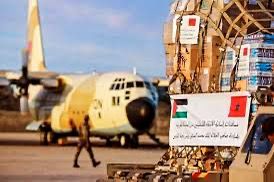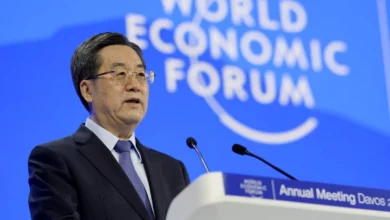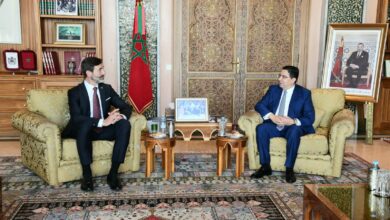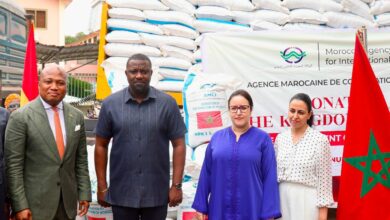Who Really Feeds Gaza… Morocco on the Ground

ALDAR / Iman Alaoui
The facts show that the field of humanitarian aid knows neither noise nor tolerance for emptiness. While some voices rush to accuse certain countries of “normalization” and adopt a rhetoric of suspicion, others quietly work to deliver food, medicine, build hospitals, and reconstruct neighborhoods — far from exploiting tragedy in the marketplace of political discourse.
Morocco, which its opponents do not hesitate to label among the “normalizers,” was one of the first to extend a real helping hand to Gaza. On the direct instructions of King Mohammed VI, a humanitarian air bridge was launched from the Kenitra Air Base, loaded with tons of food supplies for children and infants, as well as medicines, surgical equipment, and shelter materials. The first shipment amounted to 37 tons out of a total of 180 tons scheduled, according to official Moroccan data and reliable press reports. This aid arrived without media fanfare, and without restricting the popular demonstrations in support of the Palestinian cause, which took place freely in the streets of the Kingdom.
By contrast, the United Arab Emirates presented another example of direct field support, having organized more than 197 airdrop flights under the “Birds of Goodness” initiative, carrying about 3,787 tons of aid — nearly 44% of total international aid to Gaza. They also sent 17 relief ships since October 2023, the latest being “Khalifa 8” carrying 7,166 tons of food, medicine, and shelter materials, in addition to establishing a field hospital in Rafah, Egypt, to treat the wounded.
Qatar, despite the political disputes surrounding it, has continued its commitment to funding the reconstruction of entire neighborhoods in Gaza and regularly paying the salaries of thousands of Palestinian employees, thereby providing relative economic stability to families under siege.
On the other hand, in Algeria’s case, actions pale beside rhetoric: no recorded air bridge initiatives, no aid flights, no assistance entering through its borders, and no reception of the wounded for treatment. Even at the popular level, expressions of solidarity remain tightly controlled, with demonstrations prohibited unless they align with the official narrative — a scene that empties slogans of their substance.
Here, comparison needs no bias; the numbers alone are enough to distinguish those who turn compassion into tangible action from those who merely sell illusions through microphones of passion.
Today, Gaza does not need more speeches but real humanitarian bridges carrying medicine, food, and hope. Those who remain on the opposite bank of humanitarian action will remain prisoners of cries cast into the void.





